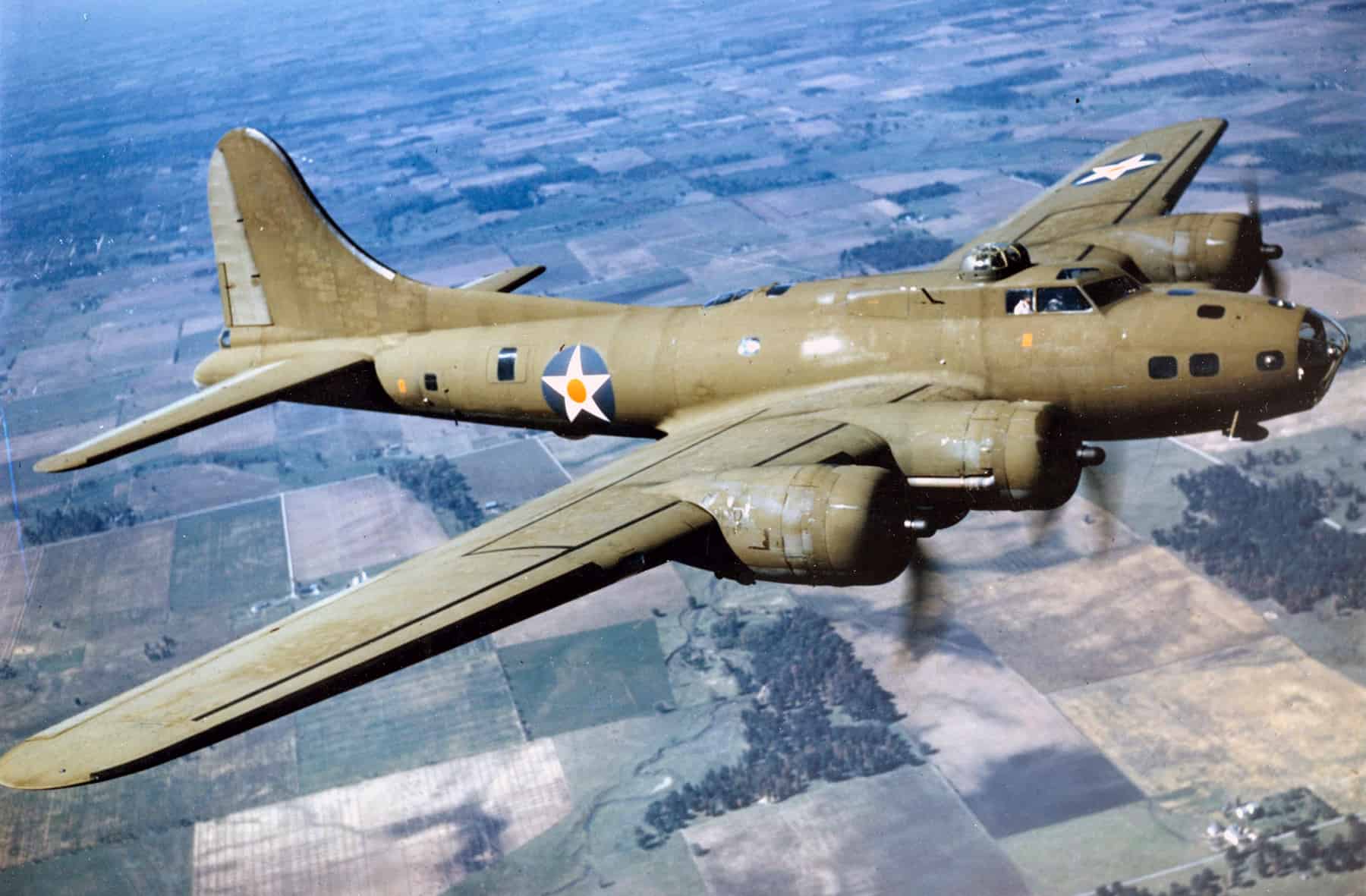The idea of having a maneuverable, flying body had been around for centuries, that was put into a well-versed design during the Renaissance by Leo da Vinci. However, the technology of the time didn’t support his ideas so it wasn’t until half a century later that airplanes came into existence. Its in man’s blood to fight and the only way to win a fight is by outsmarting the enemy at every turn. With the invention of the airplane, many powerful armies around the world started adding airplanes to their arsenal which later split into several types including fighters, interceptors, bombers and so on.
The world saw the first bomber in action during the Italo-Turkish War of 1911 when Turkish bombers were put in action. Within a few years, World War I kicked off and with haste, the competing countries put their air forces into action. Bombing raids became a norm during World War I and ever since then, each leading power tried to evolve its airforce in the best possible manner.

The Allies however were on the more successful side of the spectrum with their “strategic bombing” raids, which were carried out to hit German targets at a very accuracy. In fact, bombing was one of the main reasons as to why the Germans were beaten during WWI.
During the time between World War 1 and World War 2, it became imperative to the major powers to develop strong bomber fleets to counter each other’s influence in future conflicts. Thus, the arms race began and by 1940, both the Allies and the Central Powers, especially Germany had developed outstanding bombers, with many designs in production that would later be used by the winning side.
So which bombers really stood out and made a name for themselves?
Take a look at the list below:
1. B-17 Flying Fortress (US)

During the first half of the 20th Century, the US didn’t have a dedicated Airforce arm, instead the air force was part of the US Army Air Forces. The B-17 was arguable the most successful bomber during WWII. It was developed by Boeing for the US Army Air Forces during the 1930s when a need for modern bombers was felt by the leadership. It was the first quad-engine long range bomber the world had seen and was so effective that it was developed throughout the war.
There was an initial contract for 200 bombers, however this changed as soon as its strength in strategic bombing was found. The bomber wasn’t made just for dropping bombs but was designed in a manner that it would be able to protect itself from enemy aircrafts. It had 8 gun positions along with 14 heavy machine guns, operated by a crew of 10 people. It could carry 5 tons of bombs deep inside enemy territory and cruise at 406 km/h.
After the war, the Flying Fortress was used by many countries who managed to capture it, as inspiration for their own bombers.
Click next to Read More.

